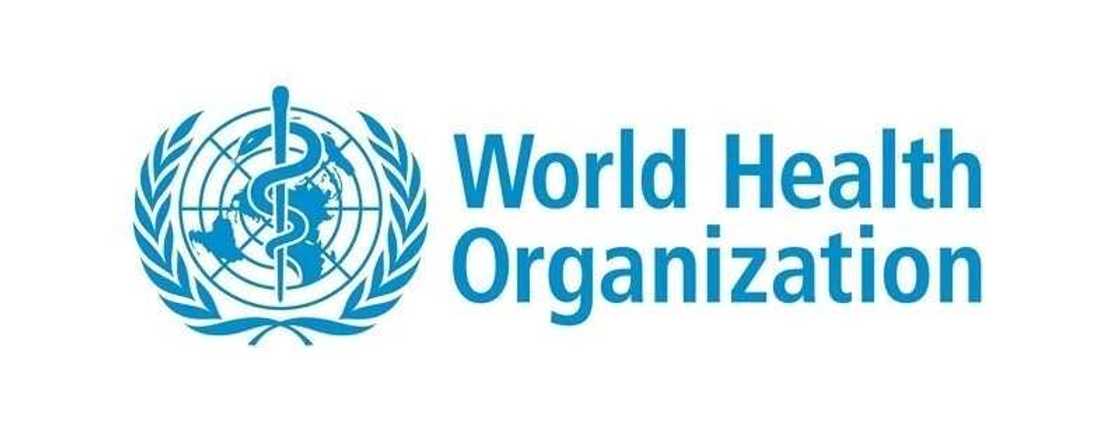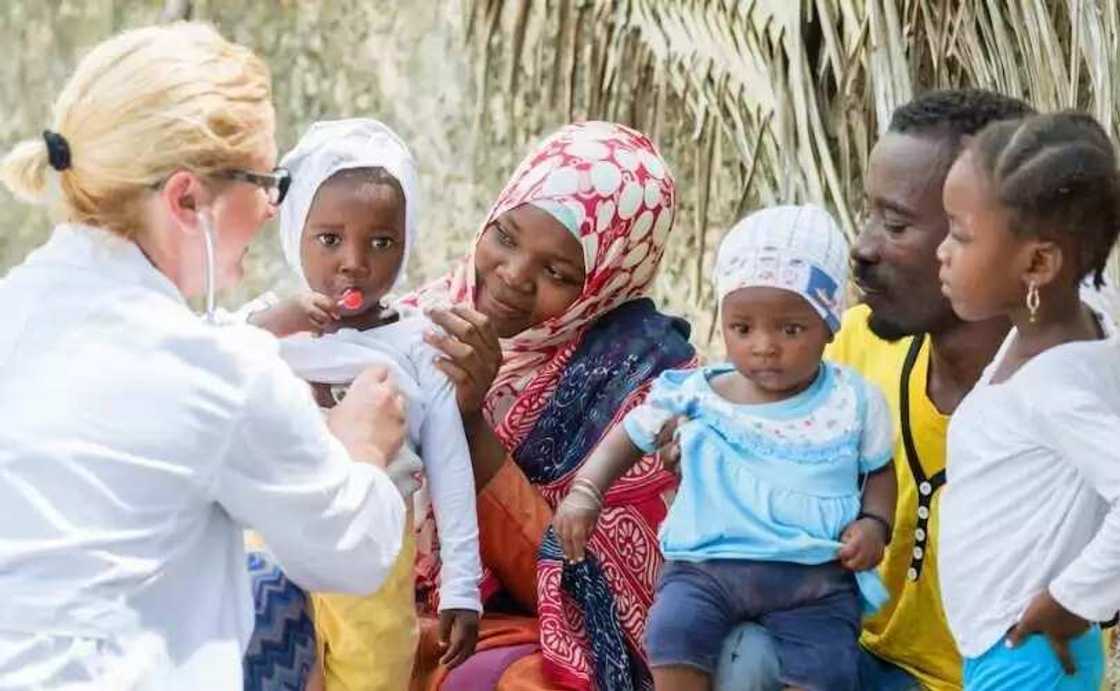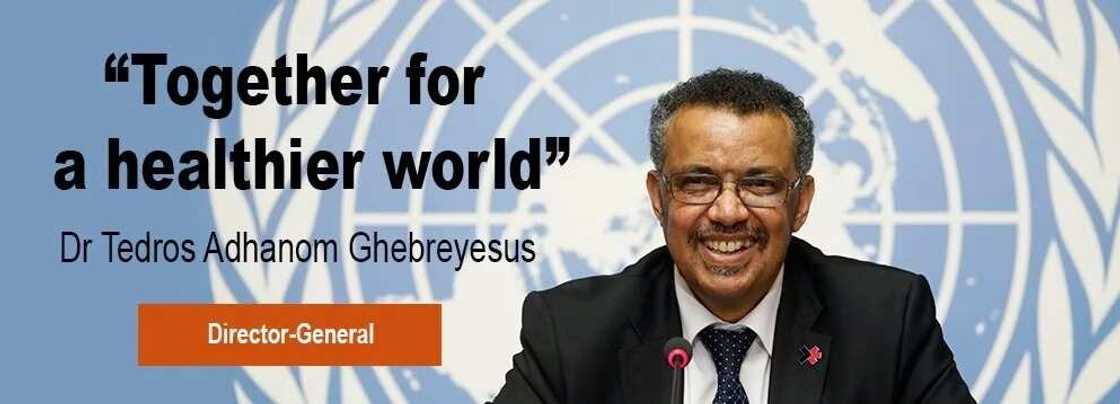Functions of WHO organizations
The acronym WHO stands for the World Health Organization. WHO has been recognized internationally as one of the most beneficial and effective confederations. The functions of the World Health Organization are centered around the health of people across the world. It has been around for about seventy years and has become a household name. To learn more about WHO and all that it has done, read the article on.

The History of the World Health Organization
The name speaks for itself. WHO is a movement or association in which its members share the same goal, which is to combat infectious diseases.
After the second World War ended, many people were left either deceased or diseased. As a result, The United Nations held conversations to develop an association whose main goal was centered directly on the eradication of diseases and the improvement of worldwide health. After much delay WHO was finally established on the seventh of April, 1949. Since then, WHO has been actively working with over seven thousand employees in over one hundred and fifty countries. Every year, the World Health Day is celebrated on the same day the organization was established, the seventh of April.
READ ALSO: Aims and objectives of first aid training

Functions of WHO organizations
Here is a list of the priorities WHO organizations are concerned about:
- Universal health coverage
Universal health coverage is concerned with accessible services that help individuals to receive good health care along with financial protection. WHOs responsibility is to advise developing and developed countries about how to move forward with their universal health coverage.
- The International Health Regulations
Regulations are rules or guidelines that should be carefully followed. In the countries that are aligned with WHO, the organizations are advised to develop a post that will abide by the International Health Regulations (2005) and make a survey monitoring development that will prevent unawareness and distress about issues of health. They also ensure that responses to public health emergencies are well coordinated and quick.
- Increasing access to medical services
WHO increases the accessibility of effective, affordable and safe medications that are of great quality. They also support the establishment of ideas for new local products, affordable health related technologies etc.

Read also
4 things to know about the 1st ever malaria vaccine just approved by WHO after 30 years of research

- Social, economic and environmental determinants
WHO will work alongside other divisions to determine the cause of a particular disease, factors that lead to the disease affecting our health, prevention, and cure to improve health and extend life expectancy.
- Noncommunicable diseases
Noncommunicable diseases are such diseases that are not caused by microorganisms and are therefore not contagious. Examples include Diabetes, Cancer, Obesity, Hypertension, and Asthma just to name a few. Such diseases are on a rise and wreak havoc on the lives of the patient's family members, friends, and even community. Though it can be controlled, its rapid increase in number is populating the health system. Here, WHO's function is to coordinate responses locally, regionally and internationally.
- Health-related sustainable development goals
This is a long term goal that is set and monitored over the years as time goes on to ensure a secure and healthy world. This long term goal serves as the main aim of WHO while they build an irrepressible system for health and effective solutions.
READ ALSO: History of Zika virus in Nigeria

As mentioned before, this prestigious organization is the administering and arranging power that operates within the United Nations’ System. Here is a list of the five main functions of WHO:
- Methodological preparation of well-organized programs that will disseminate meaningful information for coming generations. This information is of great importance because when it is imbibed by our future leaders it makes them more knowledgeable and aware.
- Arranging guidelines and criterion and overseeing their implementation and development.
- Proclaiming policies that take into consideration morality and presentation of evidence.
- Rendering technical sustenance, invoking modification and constructing sustainable institutional accomplishment.
- Observing the health conditions and determine health trends.
Accomplishments

WHO has accomplished a lot since its conception. Some of their accomplishments are listed below:
- Since the conception of this organization, WHO had a hand in the eradication of the infectious disease, small pox.
- They have launched experiments, provided resources and have continuously invested a great amount of effort and attention that could possibly lead to the eradication of dangerous, infectious diseases like Ebola, Malaria, HIV/AIDS, and Tuberculosis.
- They had a hand in what led to the decrease in the severity of effects of long term illnesses, for example, diabetes, cancer etc.
- They have created more awareness where physical and mental development, aging, sexual and reproductive health are concerned.

- They have ensured that knowledge of proper nutrition was spread across the world. WHO has also been promoting the importance of a balanced diet, that is a meal with foods from all the different food groups. The practice of cleanliness and overall good hygiene and careful storage for food were also on the list of things they made us aware of.
- They presented the negative effects of substance abuse and made it known that such things can destroy not only us but also our love ones and our environment.
- They continuously provide reports, publications, and networks that are also recorded and published for statistical reviews and discussions internationally. This report is usually revealed in the "World Health Report and the World Health Survey".

If you were one of those who wanted to know more about the World Health Organization, I hope that this article has provided you with all the information you need. If you would like to share some more information and share your views with us, then feel free to leave a comment below.
READ ALSO: 5 Main Deadly Diseases In Nigeria.
Source: Legit.ng






